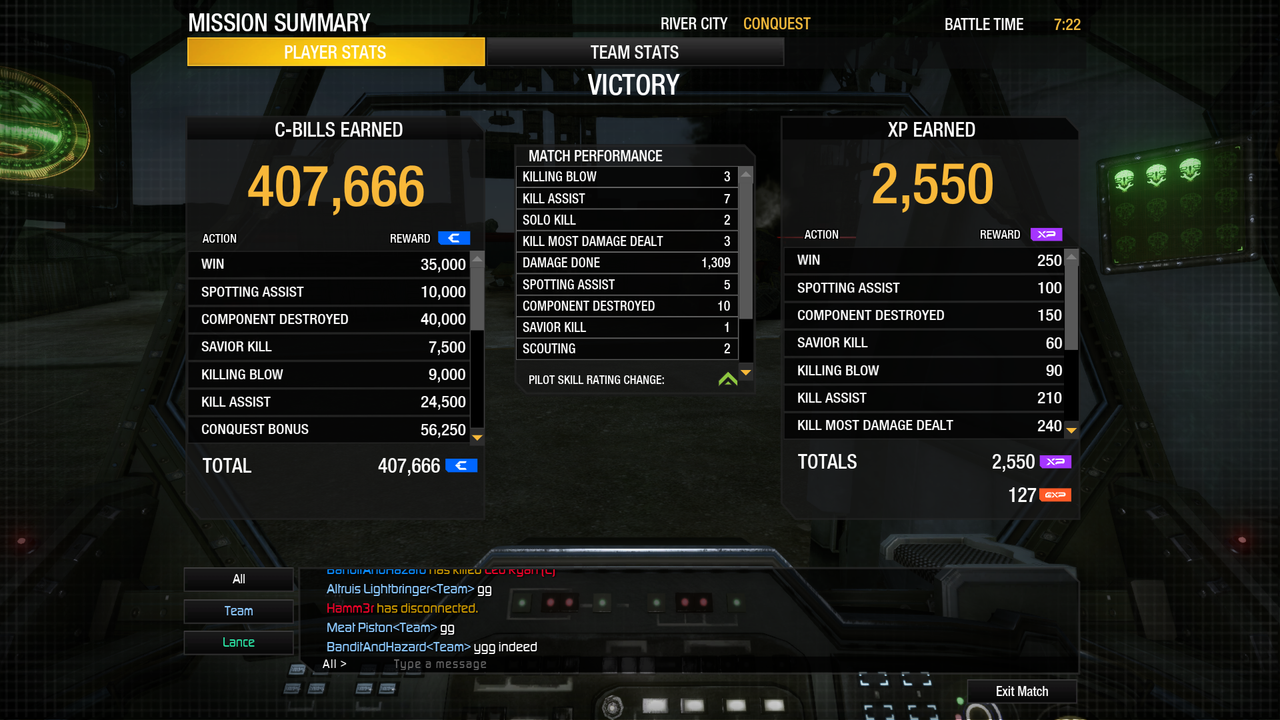 Variant1, on 17 April 2018 - 02:34 PM, said:
Variant1, on 17 April 2018 - 02:34 PM, said:
No a good spoter/lrm can defeat a smart direct firers. Again position and use of map. The direct fire will get destroyed plain and simple.
Here is the problem with this idea.
The spotter is essentially using a direct fire method of some sort or the means of spotting is vulnerable to being countered with direct fire.
Example A TAG: spotter is vulnerable to counter fire because TAG is a direct fire weapon.
Example B LOS targeting: spoter has direct LoS and is supplying a friendly lock to the LRM carrier. The Spotter is once again in direct LoS thus vulnerable to counter fire.
Example C Spotter launches a UAV from safe cover: UAV is vulnerable to direct fire and shot down.
Example D Spotter Deploying NARC: Probably the "safest" method since one could use a stick and run method to minimize exposure but, NARCs (in particular I.S. NARC) require a relatively close proximity to stick on target. This does expose the spotter to counter fire and the NARCs are vulnerable to AMS and ECM disruption.
And then we have another issue. What keeps the enemy from simply closing on the LRM carrier? It's not going to be speed of the LRM carrier because any significant amount of LRM damage is going to deployed from a larger chassis. And if that chassis is maximizing it's speed it is probably in full route and has stopped firing.
It will also not be focused damage because LRMs siply don't do focused damage. A potential target can charge from cover point to cover point and soak damage between cover points quite easily. a few torso twists or a deadside build and that LRM target is now a point blank aggressor.
A fairly common speed for heavy class battlemechs/Omnimechs is 81 kph. Now without doing any precice math but some quick estimates that 81 kph mech can move about 25 meters per second. At a distance of about 600m from a firing LRM carrier that mech has about 3 seconds of free movement before the missiles land.
So a "good" direct fire opponent would manuver to a position that would force a direct confrontation and eliminate or at least mitigate the opertunities for a spotter to spot them and present the LRM launching mech with insurmountable hard cover so even if spotted LRMs simply can not hit them. Due to the super slow speed of LRMs and with 190 mps velocity a target at around 600m has 3 seconds to evade it's a no brainer to poke and dash against the LRMs.
Now worst case scenario for the LRMs is a fast ECM chassis like an Arctic cheetah. I would estimate an Arctic Cheetah has around 40 meters per second of movement. It also has an ECM that significantly increases LRM lock times.
QUick estimate on this sort of confrontation. LRM carrier is spotted first (because of highly visable missile plumes) Arctic cheetah manages to close to within 400m unseen (pretty easily done on any map even the much maligned Polar Highlands)
The Cheetah now is within a 10 second charge of it's target.
The cheetah breaks cover and will probably get a few seconds of free movement before being noticed by an LRM carrier focused on another target. So let's give the Cheetah 100m of movement.
The LRM carrier now sees the Cheetah and switches targets and repossitions to fire upon it. Let's give the cheetah 1 second of move for this 140m covered by the cheetah now.
LRM carrier attempts to lock with ECM delay this takes about 2 seconds the cheetah has now covered 220 m At that range the LRMs take about a second to land so the Cheetah is now at 260m traveled out of 400m or in the minimum range of the LRMs 180m min.
in this easily accomplished scenario the LRM carrier may have gotten a partial salvo to land on target before the aggressor gets within the LRM minimum range, MAYBE. And we all know an Arctic Cheetah can take a single LRM barrage even from and LRM 80 salvo so a partial hit is cake to soak.
I will admit this scenario does not work as well against mobile LRM platforms that remain in the midst of their teams but, if that LRM carrier is at all vulnerable to attack it's not difficult to blitz it with a fast skirmisher.
 Deathlike, on 16 April 2018 - 06:53 PM, said:
Deathlike, on 16 April 2018 - 06:53 PM, said: Lykaon, on 17 April 2018 - 12:00 AM, said:
Lykaon, on 17 April 2018 - 12:00 AM, said:
 This topic is locked
This topic is locked































